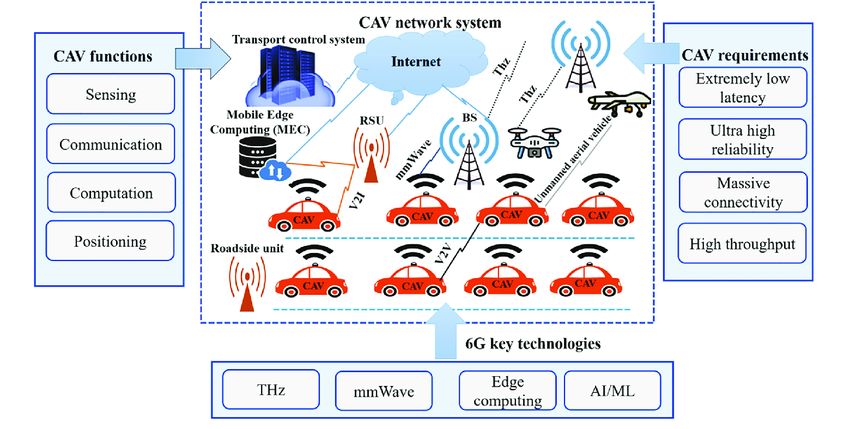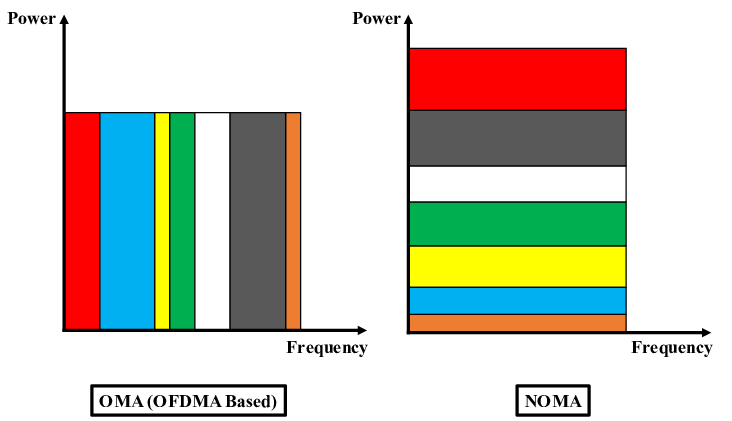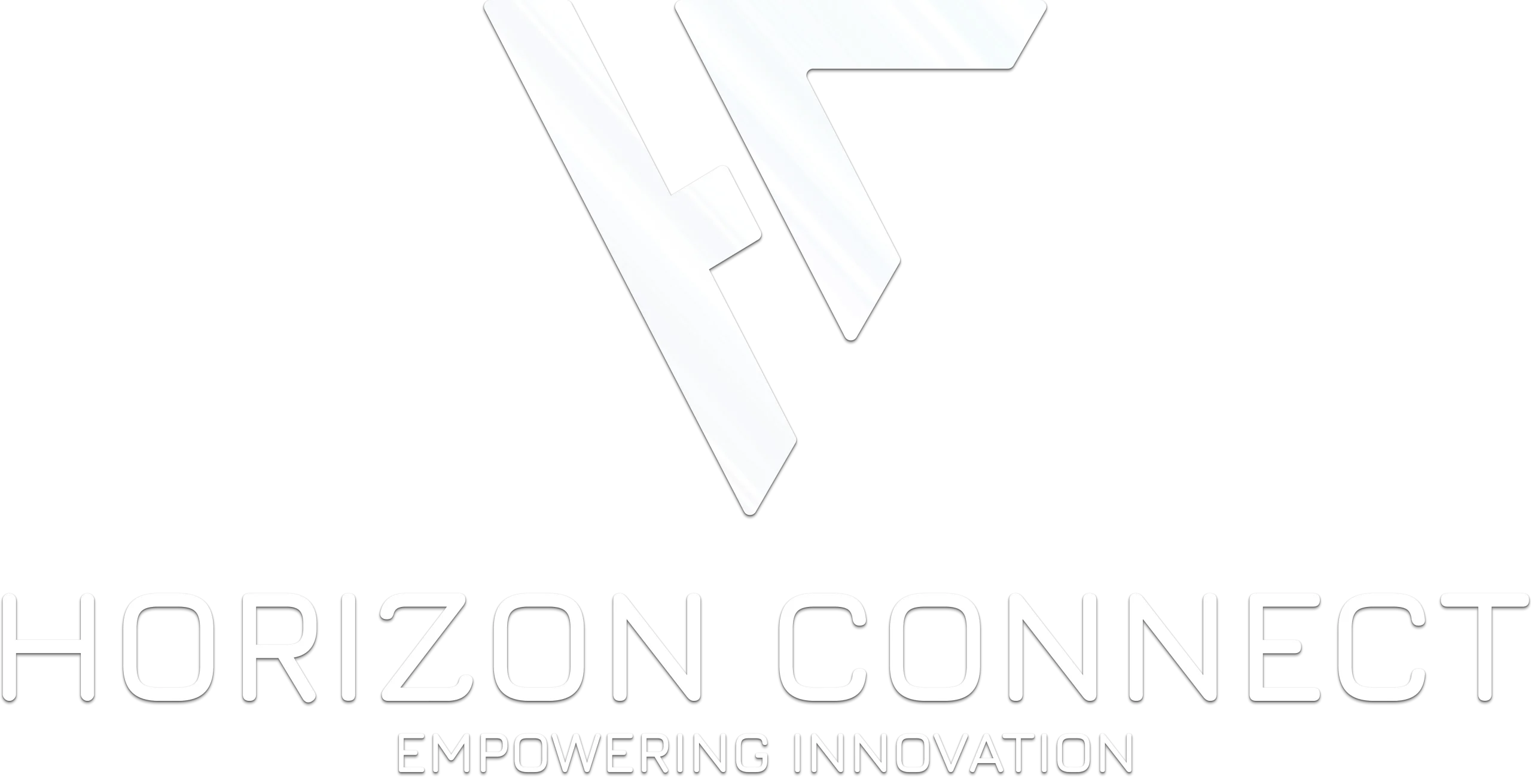The rise of 6G V2X NOMA is set to redefine automotive communications. By merging 6G’s ultra-fast, ultra-low-latency capabilities with Non-Orthogonal Multiple Access (NOMA)’s spectrum efficiency, the automotive sector—especially autonomous vehicles and smart infrastructure—can achieve unprecedented connectivity, safety, and performance. Volkswagen Group and other industry leaders are already investing in these next-gen solutions, preparing for a future where vehicles are not just transport machines, but intelligent, networked entities.
Why 6G V2X NOMA is the Next Leap in Automotive
- Ultra-low latency & high throughput: 6G aims for sub-millisecond delays and terabit-level speeds, vital for real-time autonomous decision-making.
- Massive connectivity: NOMA enables multiple users and devices to share the same frequency resources, boosting capacity in dense traffic.
- Global reach: Satellite-integrated 6G networks ensure seamless coverage in rural and remote driving conditions.

How 6G V2X NOMA Enhances V2X Communication
V2X (Vehicle-to-Everything) enables communication between vehicles, infrastructure, pedestrians, and networks. Traditional Orthogonal Multiple Access (OMA) assigns distinct time/frequency slots to each user, but this can become inefficient in high-density scenarios.
Non-Orthogonal Multiple Access (NOMA) changes the game by allowing multiple users to share the same channel resources via superposition coding in the power domain and separating them at the receiver with Successive Interference Cancellation (SIC).
In dense 6G V2X environments—urban intersections, vehicle platoons, or smart corridors—this approach can:
- Boost spectral efficiency by enabling overlapping transmissions.
- Reduce latency by avoiding scheduling delays.
- Increase capacity under heavy load, especially in sidelink (V2V) communications.
Typical NOMA Schemes:
- Power-domain NOMA – High-power broadcasts (e.g., hazard alerts) share the channel with lower-power unicast streams.
- Code-domain NOMA – Methods like Sparse Code Multiple Access (SCMA) allow multiple transmissions using distinct codebooks.
While security, fairness, and standardization remain challenges—especially since 3GPP has yet to adopt NOMA for V2X—research is exploring hybrid OMA/NOMA approaches and integration with new waveforms like OTFS for high-speed vehicles.
In short, NOMA offers the massive connectivity and low-latency performance required for autonomous driving and tactile feedback in next-generation mobility systems.
Spectrum Efficiency: OMA vs NOMA
Using NOMA in V2X improves spectrum utilization dramatically compared to traditional OMA by:
- Allowing multiple users to share the entire channel simultaneously.
- Employing power-domain multiplexing and SIC (Successive Interference Cancellation) for efficient decoding.

Smart Infrastructure Integration
Smart intersections, traffic lights, and road sensors will connect with vehicles in real time, powered by 6G V2X NOMA:
- Dynamic traffic flow optimisation.
- Coordinated vehicle platooning for fuel efficiency and safety.
- Instant hazard alerts for improved accident prevention.
Key Challenges to Address
Despite its promise, 6G V2X NOMA faces several challenges:
- Complex channel estimation at high vehicle speeds.
- Power allocation challenges in dense networks.
- Infrastructure deployment costs for roadside units and edge computing.
- Security and privacy concerns due to signal-sharing in NOMA.
Conclusion
The integration of 6G V2X NOMA into automotive systems will usher in a new era of intelligent mobility—combining lightning-fast data rates, high reliability, and massive connectivity. As trials and standardization efforts progress, the vision of safer, smarter, and fully autonomous transport is becoming more tangible.
By leveraging NOMA’s spectrum efficiency and 6G’s low-latency performance, the automotive industry can meet the demanding requirements of next-generation connected vehicles and smart infrastructure. Horizon Connect is closely following these advancements, offering connected vehicle solutions designed to help OEMs, Tier 1 suppliers, and mobility operators prepare for this 6G-enabled future.


